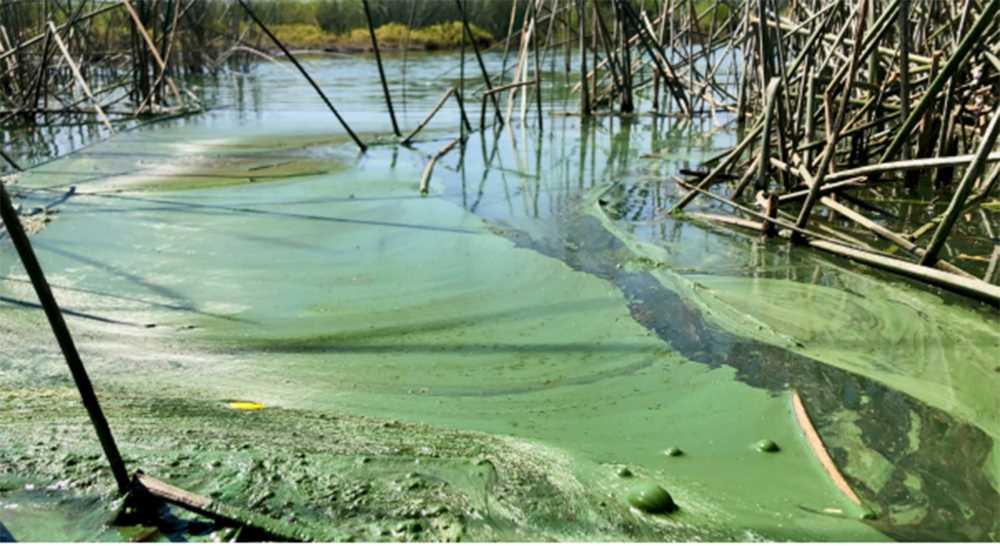The Erosion of Montebello Lagoons' Majestic Beauty
Montebello Lagoons, once azure jewels, now bear a grim green, echoing decades of neglect. Eutrophication's grip threatens ecosystems, tourism, and water quality. Urgent action needed for restoration and protection.

The picturesque Montebello Lagoons in southeastern Chiapas, once renowned for their stunningly intense blue colors, have lately exhibited an unsettling transformation. The waters, now taken over by a greenish hue, reflect a story of environmental neglect that experts are finding hard to ignore.
Javier Alcocer Durand, a distinguished academic from the Faculty of Higher Studies (FES) Iztacala of UNAM, highlighted that this color shift is indicative of highly eutrophic waters. Delving deeper into the cause, Durand points to a disturbing trend spanning 80 years. The region has seen unchecked fertilizer use, aggressive logging, rapid urban expansion, and consistent release of sewage into its water systems.




